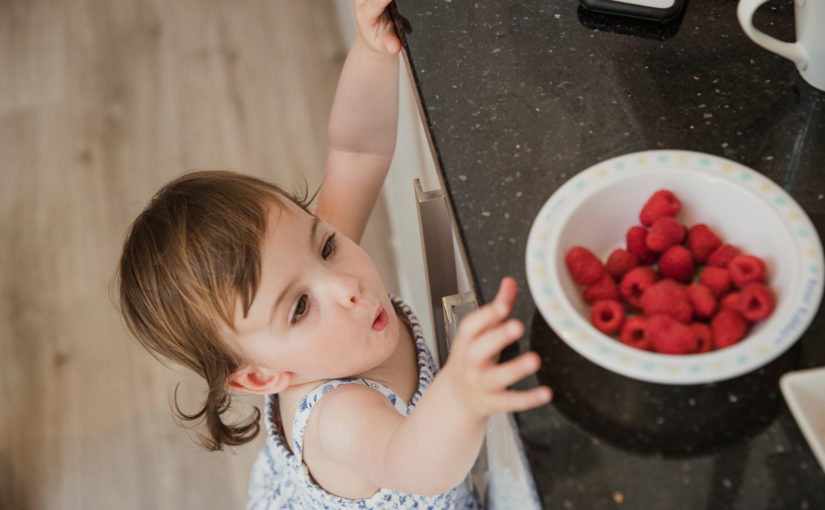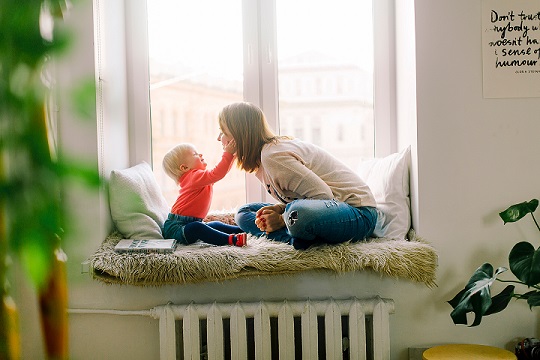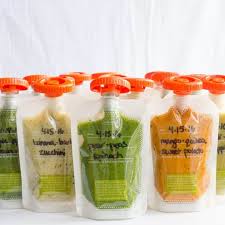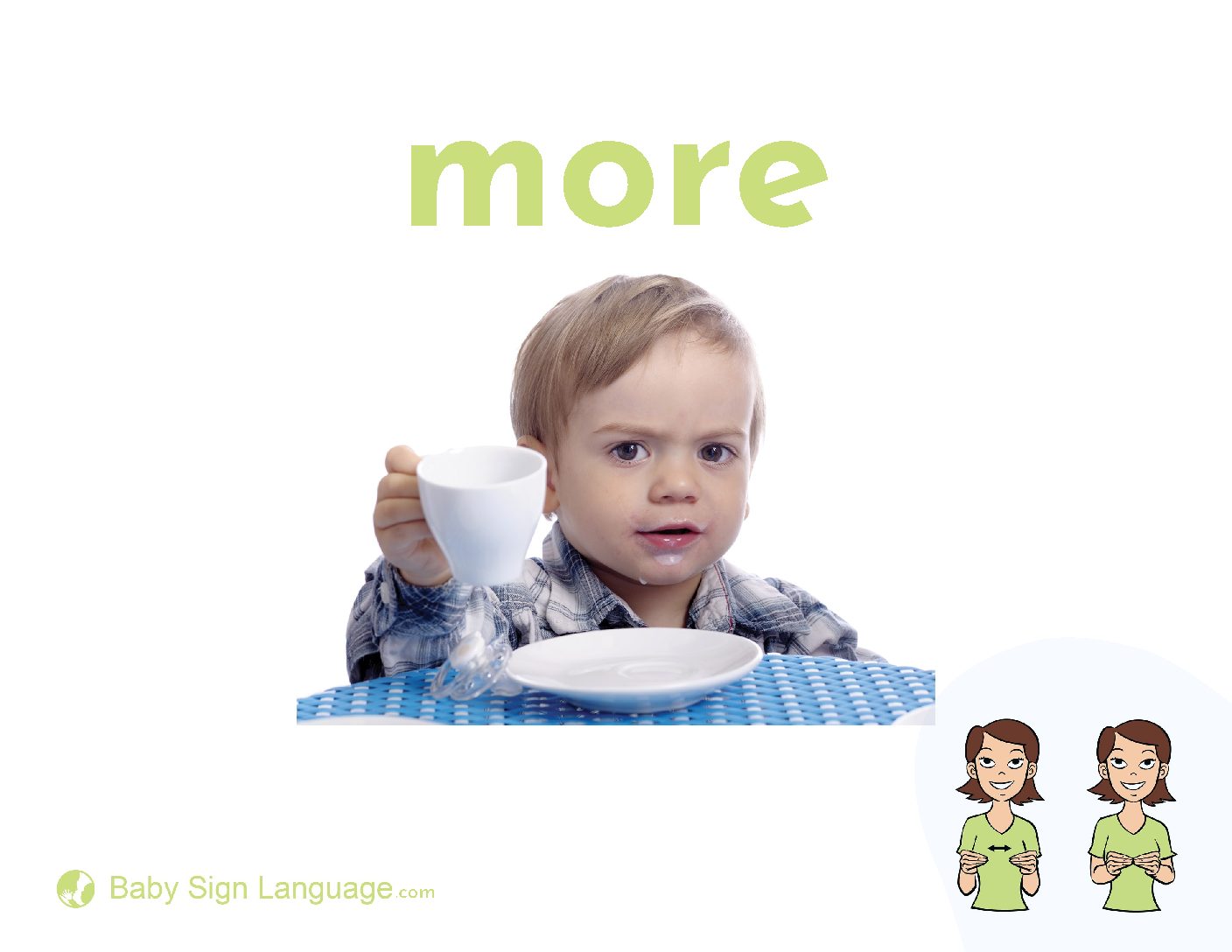Month: February 2021
LEARNING THROUGH ROUTINES
Whether you have a set schedule/routine for your day or you are better operating on a moment-by- moment basis, there are “routines” that occur daily. Based on years of research, routines-based interventions are now considered an evidence-based practice. Why are routines the best way to “teach” children? No one even realizes what is actually happening(which can be a good thing)! It can become an easy way to incorporate practice naturally into the day. There is no “special time” to set aside to practice certain skills/strategies in your already busy day. There is no planning or special preparation. Your children will be learning and they will only be thinking about engaging with parents/caregivers, building their participation(and autonomy) in daily activities.
What routines happen during everyday life with your children? The big routines are of course: eating, playing, and sleeping. What can we teach children during these routines? For the purpose of this article, I will focus on speech and language, but keep in mind, ALL developmental skills can be learned during everyday routines.
During meals, vocabulary can be expanded as children learn what they are eating and drinking, as well as, the objects needed to participate in meals. You can easily present opportunities to make choices and requests by giving smaller portions at a time so your child asks for more. During play, there are a ton of action words to learn, names of toys, and how to play with others using words. Again, there are many opportunities to incorporate making choices and requests. What can a child learn while sleeping? Well, they need rest to rejuvenate their ability to soak up all the things happening around them. There is much to learn surrounding the process of going to sleep! What pajamas to wear, did we brush teeth, we have to tell everyone “Night-night”! You can find more ideas to build speech and language skills throughout this site. Additional routines include, but are not limited to: bath time, dressing, looking at books, riding in the car, etc. Language can be learned all day long!
Teaching language skills during your everyday activities will make it easier to practice certain skills. Always speak to your pediatrician with any concerns regarding your child’s development. Send me a message with any specific questions!
BABY FOOD POUCHES
The debate and the struggle is real. Pouch or no pouch? Among therapists in the field of providing early intervention services, we are split in our opinions. While most therapists agree that pouches offer the convenience of nutrition in our very busy lives, especially for those “picky eaters”, they should not be used 100% of the time as a way for our children to eat. Why? There are a few reasons.
#1. Sucking puree foods through a pouch decreases opportunities for your baby to learn to feed themselves with utensils-which is a life skill. You can always squeeze it out into a bowl or on the highchair tray to use a spoon!
#2. This will also decrease time babies have to explore their foods with their hands(tactile sense or sense of touch) which will eventually go to their mouth innately(hand to mouth connection important for self-feeding). Babies need to get messy so they can more easily accept different textures as they grow, without(or at least with less) anxiety.
#3. Sucking through an opening(like a straw) is important for oral motor awareness, however, babies also need to learn to chew. This chewing pattern needs to be practiced and mature so they can begin to accept solid foods.
#4. Babies and toddlers are visual eaters. When children don’t see colors of foods early on, this can lead to “picky eating” due to visual aversiveness. For example, they won’t eat anything green(fruits and veggies). Their diets may become bland. Meaning, the foods they eat are only shades of beige(crackers, dry cereal, cheese, plain noodles, etc).
All of these milestones need to occur so their mouths are ready for speech as well! Babies need to explore different objects(including their own fingers)orally to develop awareness and range of motion to produce a variety of speech sounds. They are also teething during this time. Sometimes a spoon can also be a good object to chew on to relieve some pain!
Again, there are absolutely some circumstances that using a pouch is a great solution. However, if you find that your baby is beginning to refuse to eat unless it’s from a pouch, it’s time to decrease that option and/or consult a professional feeding therapist.



